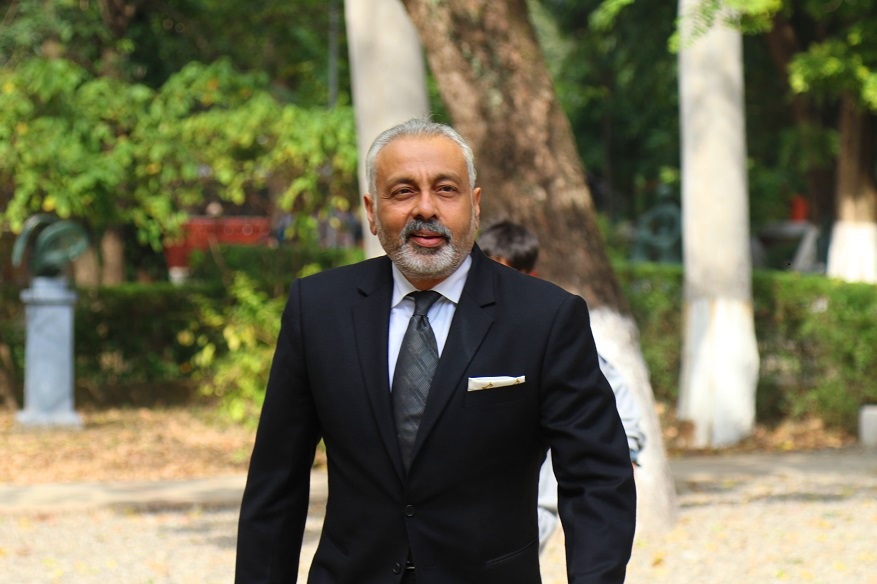To Stay Safe Online – Tips for Teens

Children today are safer than ever before in a variety of ways. Better public safety, less “stranger danger,” and more logic however the twenty-first century brings new challenges to child safety, particularly when considering the digital environment. Children are voracious consumers of digital technologies. Despite all of the opportunities provided by the digital world, such as playing, learning, and socializing, digital engagement poses risks to children’s safety that can have real-world consequences. Many risks in the digital world are analogous to those in the physical world. Bullies can reach their victims online just as easily as they can in the schoolyard. Children can be exposed to hate speech and racism through the virtual games they play, videos they watch, and communication apps they use. Some risks, however, are more specific to the digital environment, such as sending or receiving sexually explicit messages online, or the use and misuse of children’s data. Pop-ups in app...





